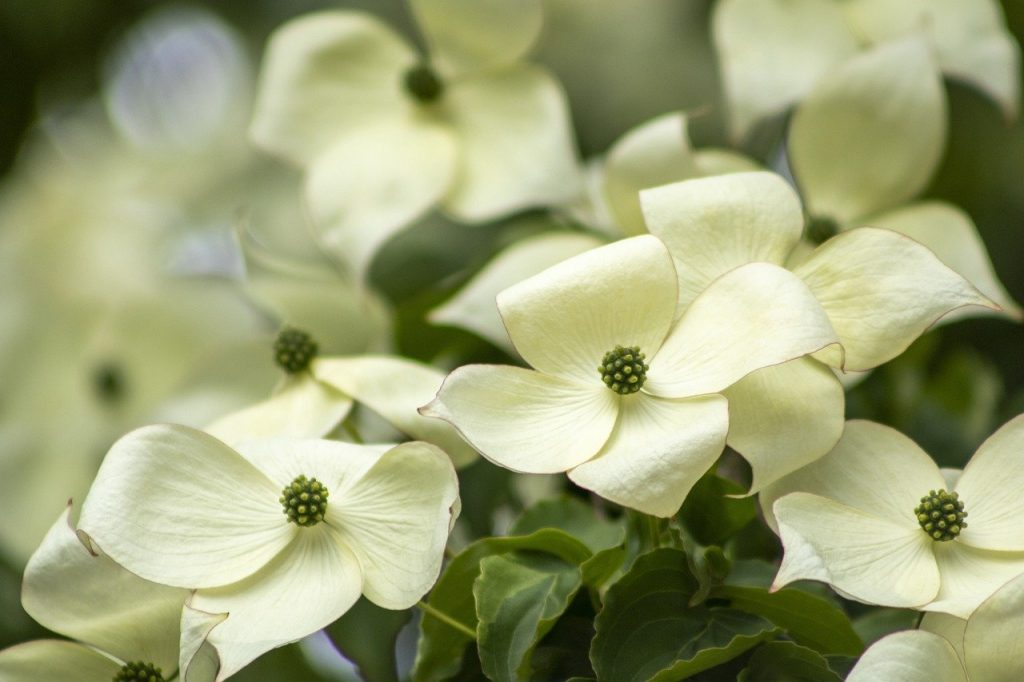
There is also an impressive number of misconceptions when it comes to native plants. Here is what the American Society of Landscape Architect says about it: “Plants native to an area are more likely to establish quickly and will naturally be hardy and healthy. Native plants have evolved over thousands of years, learning to thrive in particular areas.”
While this can occur, this is only partially true and does not tell the whole story. Native plants indeed evolved with local conditions. That after all is the definition of a native plant; they have been in a particular location for millions of years. However, they are not always sure to thrive. Native species compete with other natives for resources and can be more exposed to local pests. One of the mentioned advantages of natives is that they feed local wildlife, but that also means that their leaves also get eaten by local insects, their roots can be plagued with local fungi, and the whole plant can be killed by indigenous diseases.

Not every non-native plant is invasive, and most imported plants don’t ever become invasive. Take the Chinese fringe flower for example. This purple shrub originates from Asia but grows in large numbers in Buckhead and Decatur. They are hardy, have no pests, they rarely contract diseases, and yet they don’t spread everywhere. Often, non-native plants are not widely used by local fauna, so they are not plagued with disease.
The problem is that we don’t know what will become invasive or not, and it can take a varying amount of time, sometimes a couple of decades, for a plant to become invasive after being introduced. For example, horned hollies, otherwise known as Chinese hollies, are ubiquitous and heavily used in Georgia, but this plant has become invasive. They can be seen growing along creeks in Sandy Springs and Brookhaven, and their population should be expected to grow exponentially and invade many native parks and forests.
The uncertainty of a non-native plant’s existence in Georgia is what makes the use of native plants so important.
Gardening with native plants can be challenging, and some non-native plants can become invasive, such as kudzu. You may be unsure what to plant.
Hiring a professional landscape designer can help plan your outdoor space, but this may not be the right choice for everyone. Many landscape architects across Atlanta use similar selections of plants for their projects. Driving through neighborhoods here in the Southeast, gardens often look similar. Flowers like azaleas, gardenias, camellias, and hydrangeas are ubiquitous.
That is the reason I like using native grasses like Lindheimer’s Muhly and Prairie Drop Seed; you rarely see these plants in Atlanta. The same with Winterberries – they look amazing, they add winter interest from October to March, and they are native!
Using native plants can add more variety to your landscape – and make it stand out from other designs. If you’d like to incorporate native species but are unsure how, give Designed Landscapes a call.
At Designed Landscapes, we are committed to promoting sustainable gardening practices and creating beautiful outdoor spaces with native plants. Our team of experts is passionate about preserving local ecosystems and helping our clients create unique and thriving gardens that benefit the environment.
Designed Landscapes by HP Dutra | Copyright 2024 | All rights reserved | Created by Synergetic Media